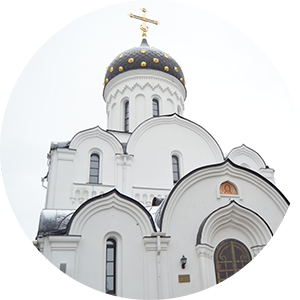During
Lent we make more prostrations. That’s a process that begins by making the sign
of the Cross, then bowing down, resting your knees on the floor and then
touching your forehead to the floor. I’ve collected, below, some photos of
people making prostrations from around the internet.
It’s a
prayer posture that we often see in the Old Testament, when we read that people
“fell on their faces.” (I don’t know if prostrations are ever used in Judaism
any more.) Here’s a detail of the Black Obelisk of Shalmaneser, (827 BC, now in
the British Museum), which depicts the Jewish King Jehu (2 Kings 9-10) making a
prostration before the conqueror Shalmaneser III of Assyria.
What
prostrating most looks like to Western people is Muslim worship; Muslims
carried it over from their earlier history as Orthodox Christians, just as
Christians continued the practice from their Jewish roots. When Orthodox make
prostrations, we don’t do them as neatly as Muslims do, all in a row, and men
and women worship together.
(A point
of confusion can be that the term “prostrate” or “prostration” in English
literaly means lying flat on the floor. In Western liturgical practice, if a
prostration is called for, that’s what is meant. In the East the term got
applied instead to this act of “falling on your faces.”)
People
might do prostrations all together during a service, or privately, apart from
liturgical worship. If you visited a holy site, you might feel like expressing
your awe and gratitude with a prostration. Some people make prostrations when
they say the Jesus Prayer, during their private prayer time. When you ask
someone to forgive you, it is beautiful (though not required) to accompany the
request with a prostration. It represents your recognizing the presence of
Christ in the person you have offended.
There is
a prayer we say frequently in Lent, and accompany with prostrations. It is the
Prayer of St. Ephraim the Syrian (AD 306-373):
We make a
prostration at the end of each line, so three in all. It’s not a uniform
process, and some do it more quickly, others more slowly. Some can’t make a
prostration very well (or maybe they can get down easily enough, but have
trouble getting back up!), and instead make a “metania,” making the sign of the
Cross and then bowing and reaching to the floor with the right hand. It’s not
like everyone is *required* to make a prostration; it’s meant instead to help
you express your sorrow for sin with your whole body, not just your words, and
your gratitude for forgiveness.
How-to:
Begin by making the sign of the Cross. Begin bending forward, and begin to
lower the palms of your hands to rest on the floor. It’s more efficient to
focus on what you do with your hands that what you do with your knees, because
if you focus on knees, it tends to become an awkward 2-stage camel-like
process. But if you instead follow the sign of the cross with a gentle
controlled-fall forward, aiming to rest your palms to the floor, and allowing
your knees to fall into place—then you can push off lightly from your palms and
return to a standing position.
It’s a
way the Judeo-Christian tradition has expressed awe, documented back to 827 BC
(and remember all those who “fell on their faces” from Genesis to Revelation).
Why not give it a try?
By Frederica
Mathewes-Green
Source: http://frederica.com/writings/about-prostrations.html

















CONVERSATION